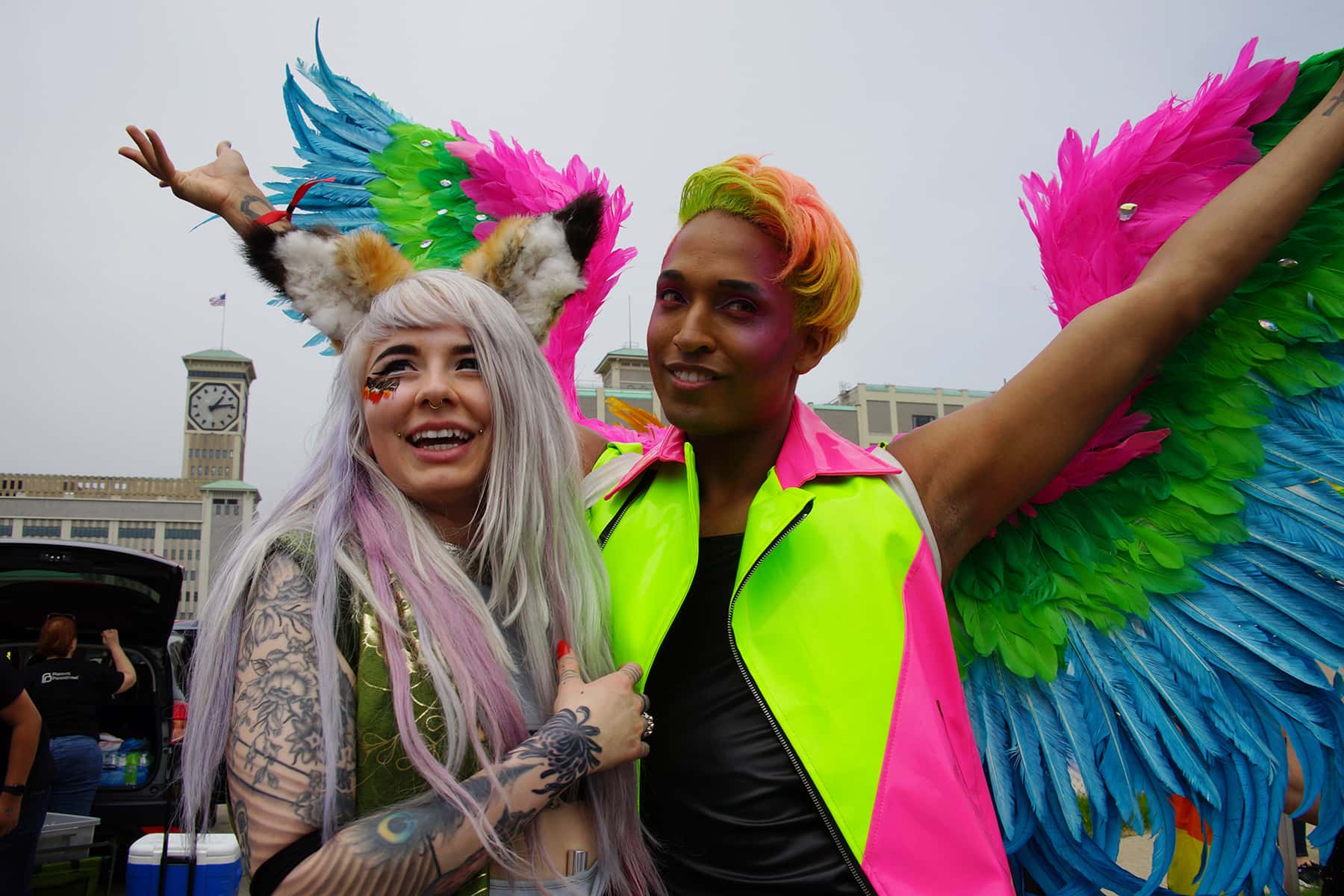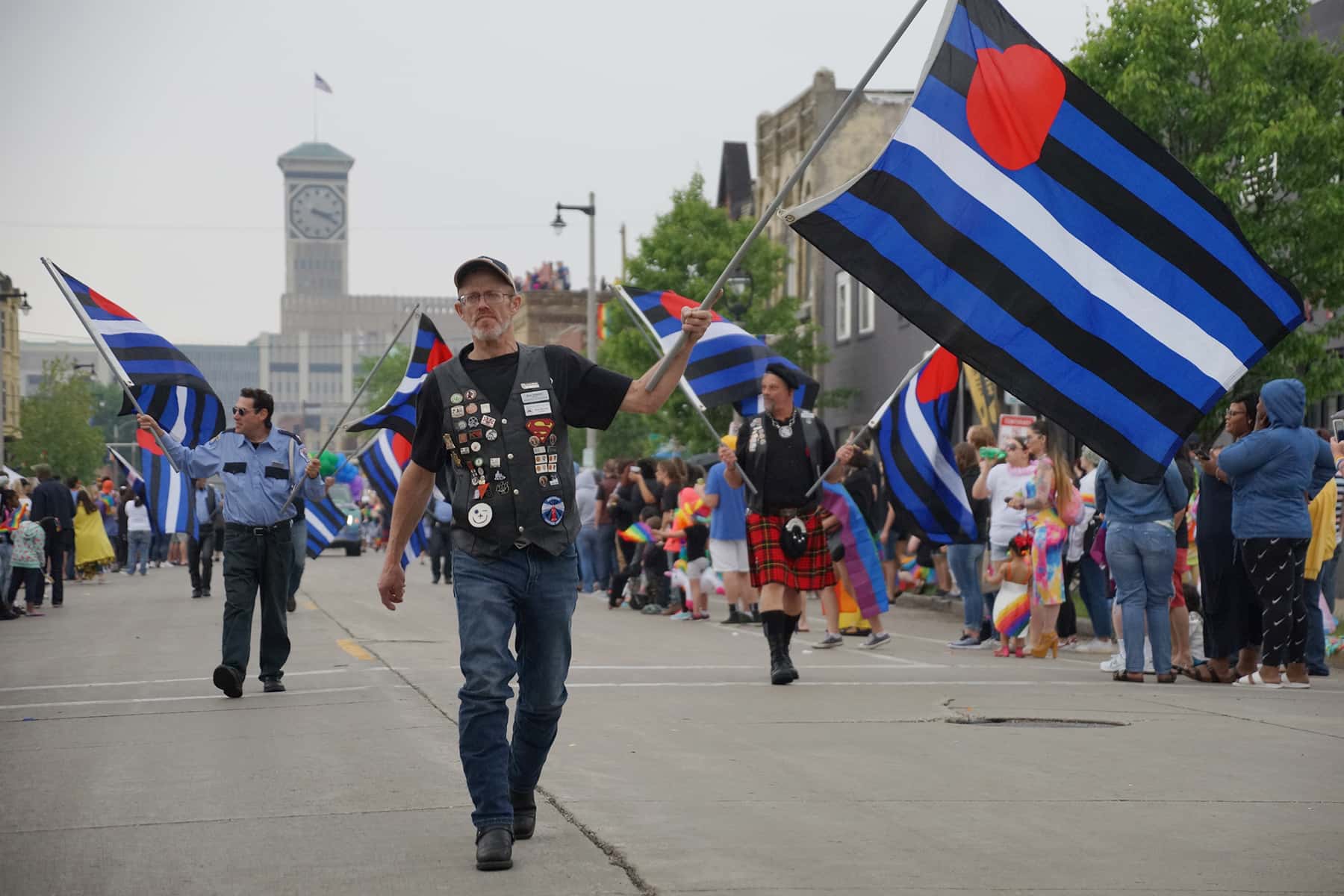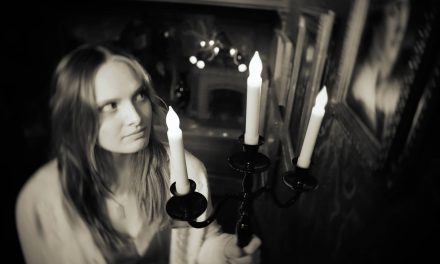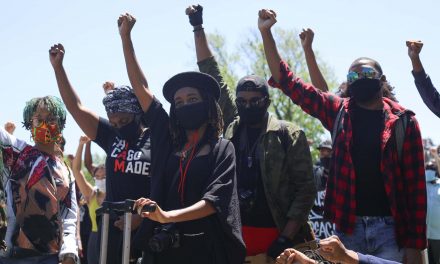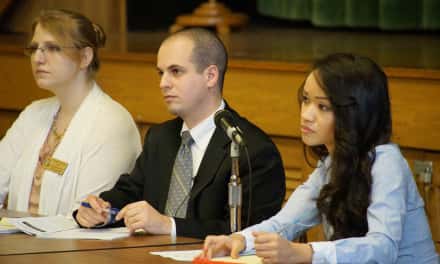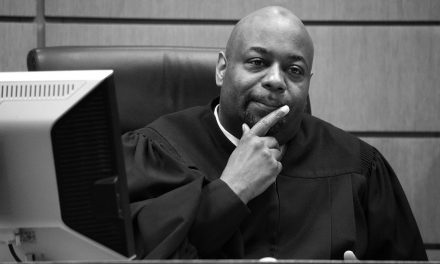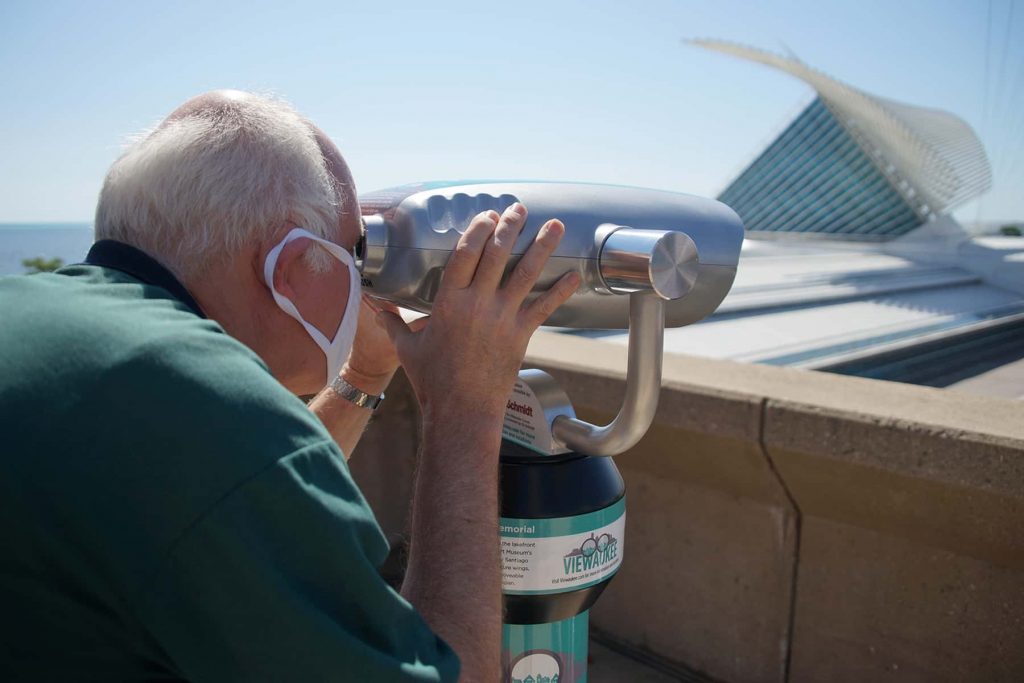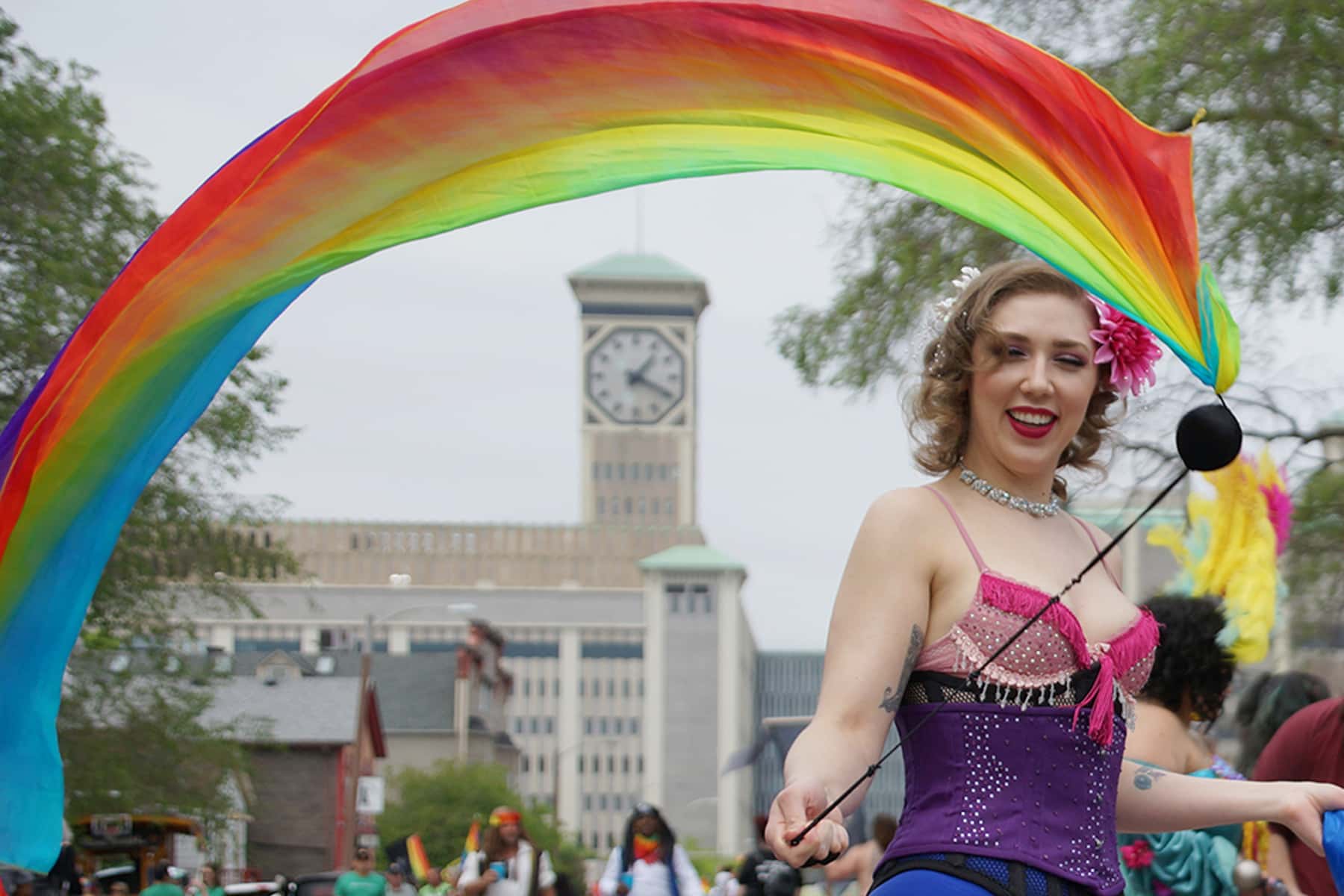
To celebrate a milestone anniversary of Wisconsin’s LGBTQ+ community, a special interactive traveling exhibit will travel across the state from June 1 to October 5.
Taking the show on the road, “The Summer to Be Seen” will celebrate the people, places, events, and organizations that amplified LGBTQ+ visibility, in support of sixteen hometown pride celebrations in every corner of Wisconsin.
Thirty years ago in June, local researchers partnered with Jim Kepner of the One National Gay and Lesbian Archives – now the One Institute – to create Wisconsin’s first local history exhibit. Under the guidance of Don Schwamb, the exhibit – now known as the Wisconsin LGBTQ History Project – grew to become the state’s largest digital collection of LGBTQ+ historical media.
VISIBILITY MATTERS MORE THAN EVER
“We may have started at PrideFest Milwaukee, but we are dedicated to all Wisconsin communities,” said Don Schwamb, founder of the History Project. “It always bothered me that the History Project displays were only seen 2-3 days each year at PrideFest, before returning to storage until the next year’s festival. We have finally achieved my dream of being a year-round educational resource, instead of just being a weekend exhibit. Pride is a way of life in 2024, not just something you do one weekend a year. People can now be seen in their hometown communities in a way that would have been impossible in 1994.”
Schwamb said that in an election year, there were over 500 anti-LGBTQ+ bills bombarding state legislatures. They were designed to censor thousands of books in schools and libraries. Hometown Pride celebrations have also been threatened and silenced by actual neo-Nazi supporters based in Wisconsin.
“It’s never been more important for our people, our history, and our heritage to be seen,” said Schwamb.
A CELEBRATION AND A CALL TO ACTION
The summer tour kicked off on May 31 at Art*Bar Milwaukee with the opening of the Douglas Krimmer Collection. Krimmer (1951-2023) was an esteemed local photographer who chronicled the earliest pride events in an era when most media ignored or excluded the LGBTQ+ community.
At the same time, early pride events were emotionally charged marches, rallies, and protests – remembered as meaningful, but not exactly festive experiences. Being seen at a pride event was an act of political defiance. Krimmer’s rich, colorful photos demonstrate how far the LGBTQ+ community has come – but also stands as a reminder to never become too comfortable or complacent.
“We were so honored that the Krimmer family chose to donate his collected works to the History Project,” said B.J. Daniels, a board member. “As someone who attended those first few pride events, I remember how it felt to be unseen and ignored by mainstream media. We knew we had to do something to celebrate this man, who celebrated our community for who and what we were, when no one else would. We are thankful to Don Krause, owner of Art*Bar, for making this exhibit possible.”
The event also commemorated the 20th anniversary of Art*Bar Milwaukee, which opened in the summer 2004 after a two-year renovation. Today, Krause owns the entire block, including Art*Bar, Two, and Wonderland.
UNITING THE PRIDE NATION
The “Summer to Be Seen” Tour will visit pride events of all sizes, ranging from first-time rallies to long-established festivals. Beyond the goals of outreach, education, and activation, the History Project seeks to support, unite, and amplify the work of hometown pride organizations.
“There was a time when Milwaukee had no local pride events, and people had to travel to Chicago for the annual parade,” said B.J. Daniels. “It took brave and spirited people to create that experience in Milwaukee. Now, we have brave and spirited people creating pride events all over Wisconsin, so nobody has to leave their hometown to be who they are. These organizers need to know we see them, we support them, and we are all in this together. We want them to be part of our movement to collect and preserve the stories of the LGBTQ community.”
Brady Street Festival will be an especially nostalgic stop this year on July 20. Throughout the 1970s, Gay People’s Union, local leaders in gay liberation, hosted an annual booth that offered historical exhibits, support services, volunteer opportunities, and a kissing booth fundraiser.
GPU also handed out identical helium balloons imprinted “This is a Gay Balloon” and “This is a Straight Balloon” to confront homophobia. Organizers said that they were proud to bring a retro exhibit back to Brady Street after such a long time, honoring the efforts by GPU founders over 50 years later.
“We want people to know that they aren’t alone, no matter where they live,” said Daniels. “They stand on the shoulders of giants, and they should take that as a sign of courage to become the giants of the future. I hope our tour inspires people to be proud of their heritage, to know their past struggles, and to seek out the advice and counsel of those who paved the way. And most importantly, to know that the community has faced challenges before, and that we have triumphed and will triumph again. Knowing you have a rich history makes you feel less alone, especially in an election year like no other.”
Andrea Frank, secretary of Open Door Pride, said having statewide organizations that want to come to small-town pride celebrations was wonderful.
“It gives us a feeling of being seen by larger organizations while doing the hard work in small, rural communities,” said Frank. “It gives us another pat on the back to keep doing what we do – changing hearts and minds.”
Those who are LGBTQ+ and reside in rural areas have needed added support to reinforce that they exist and they matter. Bringing the History Project to small towns tells them that they are seen, are part of the story, and have a shared history.
INSPIRING GENERATION NEXT
Although the History Project was founded in 1994, the non-profit organization has seen explosive growth and transformation in the past few years.
In 2021, the Project was incorporated as an official Wisconsin non-profit under the leadership of a volunteer Board of Directors and the fiscal agency of Cream City Foundation. Last year, the Project launched a statewide resource network of 20 diverse Community Advisors who inform and influence strategy, content, and programming.
The organization launched a “Story Corps” responsible for collecting, composing, and publishing oral histories, and partnered with the University of Wisconsin and Marquette University educators to create a formal internship program in the spring of 2024.
“The History Project began as a personal hobby,” said Schwamb. “It’s grown beyond my wildest dreams, and continues to grow more every day. It’s humbling to see professional researchers, news media, and government organizations, even the Library of Congress, recognizing us as the go-to authority for local LGBTQ history. I’m also proud that we remain an all-volunteer, unpaid organization after all these years. Our volunteers do this work because they want to make a difference.”
For the LGBTQ+ community of Wisconsin, there is a definite yearning across generations for a connection to their past. People want to learn and teach their proud history, but also to make and change history. The “Summer to Be Seen” Tour hopes to motivate the public, so that by joining together they will have an impact on extending the legacy of Pride into the future.
© Photo
Lee Matz

